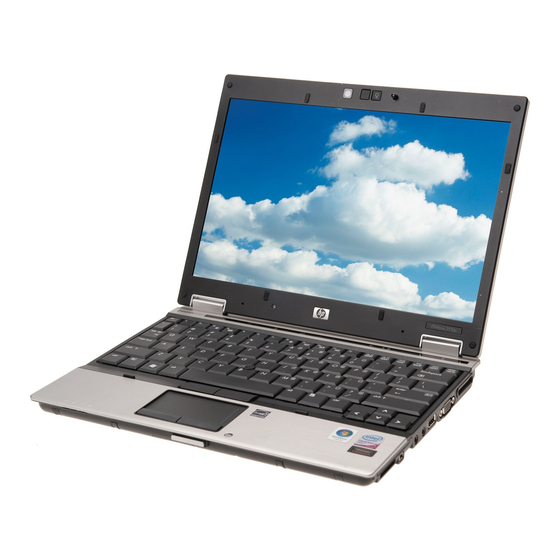HP 2530p - EliteBook - Core 2 Duo 2.13 GHz Manuallines - Page 8
Parcourez en ligne ou téléchargez le pdf Manuallines pour {nom_de_la_catégorie} HP 2530p - EliteBook - Core 2 Duo 2.13 GHz. HP 2530p - EliteBook - Core 2 Duo 2.13 GHz 12 pages. Notebook pc
Également pour HP 2530p - EliteBook - Core 2 Duo 2.13 GHz : Spécifications (36 pages), Manuel du produit (16 pages), Manuel de l'utilisateur (15 pages), Manuel du réseau (16 pages), Spécifications (2 pages), Manuel de l'utilisateur (27 pages), Manuel de configuration (19 pages), Vue d'ensemble (16 pages), Manuel d'installation du logiciel (8 pages), Manuallines (6 pages), Manuel d'installation et de configuration (18 pages), Installation du pilote (20 pages), Manuel (20 pages), Manuallines (7 pages), Manuel de l'utilisateur (31 pages), Manuel de l'utilisateur (46 pages), Manuel de l'utilisateur (44 pages), Manuel de l'utilisateur (42 pages), Spécifications (45 pages), Manuel de l'utilisateur (30 pages), Manuel de l'utilisateur (24 pages), Quickspecs (46 pages)

